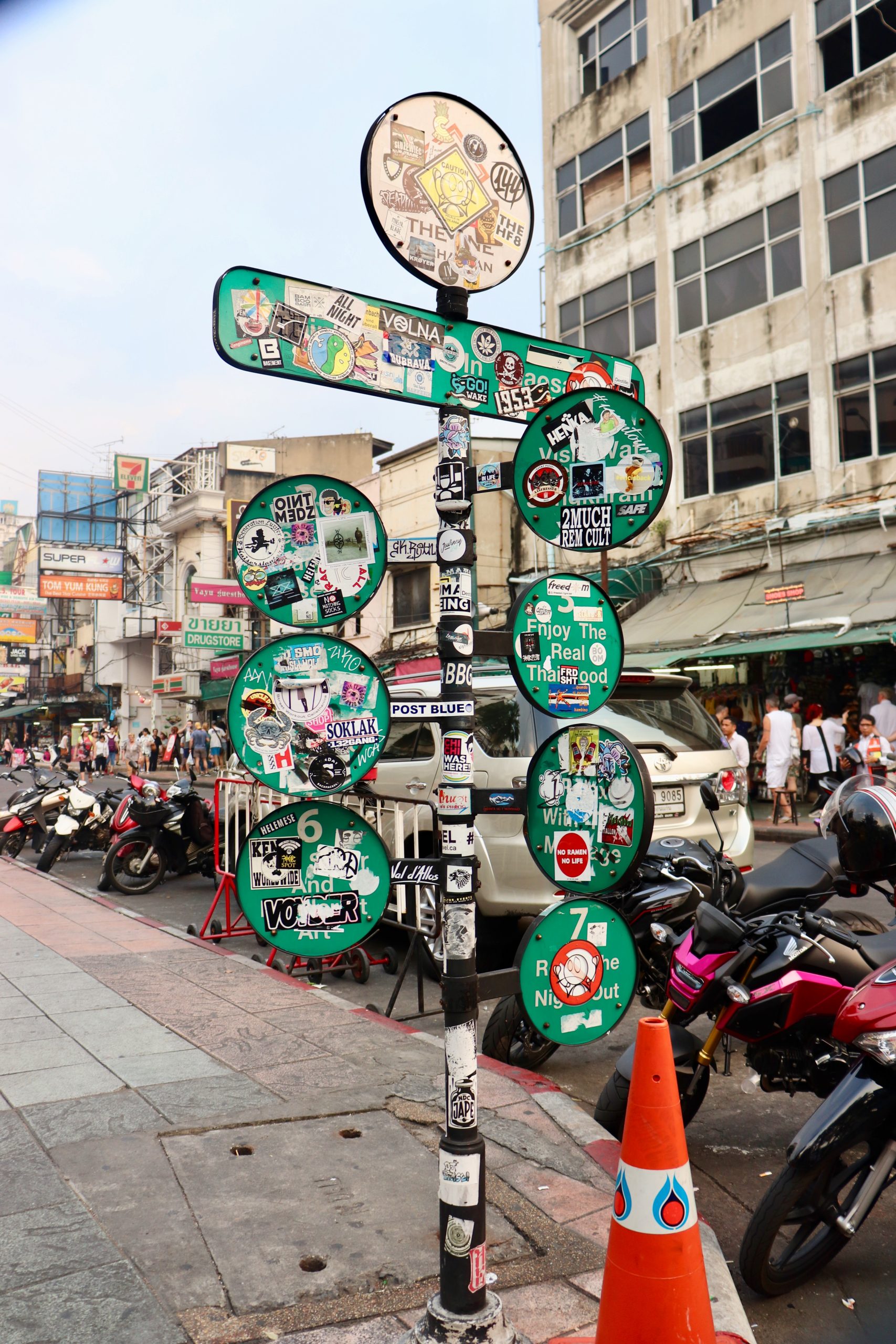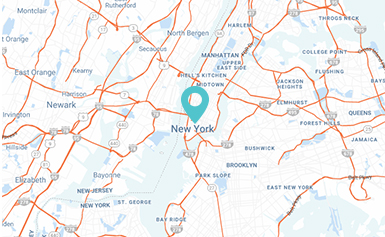Traveling in Thailand: A Quick Guide to Thai Language Basics for Tourists
Welcome to the Land of Smiles, Thailand! As you embark on your adventure in this beautiful country, one of the best ways to immerse yourself in the local culture is by learning a few basic phrases in the Thai language. While English is widely spoken in tourist areas, making an effort to speak Thai will undoubtedly enhance your travel experience. In this blog, Green Sun Travel will cover Thai language basics for tourists to help you communicate and connect with the locals during your journey through the Land of Smiles.
Introduction to the Thai language basics for tourists and Its Historic Roots
The Thai language, known as “ภาษาไทย” (Paasa Thai) in its native script, is a captivating and rich language with a long and fascinating history. Spoken by more than 60 million people in Thailand and millions more around the world, Thai is a language that reflects the country’s unique culture and heritage. In this introduction, we will delve into the roots and evolution of the Thai language, shedding light on its historical and linguistic significance.
Historic Roots of the Thai Language:

The origins of the Thai language can be traced back to the Tai-Kadai language family, which includes other languages spoken in Southeast Asia, such as Lao, Shan, and Zhuang. This language family is believed to have migrated to the region from southern China around a thousand years ago.
One of the most significant milestones in the development of the Thai language occurred during the establishment of the first Thai kingdom, Sukhothai, in the 13th century. During this period, Old Thai, a precursor to the modern Thai language, began to take shape. The Sukhothai script, which was used to write Old Thai, played a pivotal role in preserving early Thai literature and culture.
The Sukhothai kingdom was succeeded by the Ayutthaya Kingdom, which further solidified the use of the Thai language. Ayutthaya, one of the most powerful empires in Southeast Asia, became a major cultural and linguistic center, contributing to the evolution of the Thai language.
The Modern Thai Language:
The Thai language, as it is spoken today, is often referred to as “Central Thai” or “Siamese.” The language has undergone various changes and influences throughout its history. It draws on elements from Pali, Sanskrit, Khmer, and Chinese languages. In fact, the Thai script, known as “อักษรไทย” (Aksara Thai), is derived from South Indian Brahmi script.
While Thai has a complex script with 44 consonants, 15 vowels, and numerous diacritics, it is worth noting that the script was significantly simplified in the early 20th century, making it more accessible to learners.
The uniqueness of the Thai language also lies in its system of tones. Thai is a tonal language, meaning that the meaning of a word can change depending on the tone used when pronouncing it. There are five tones in Thai: low, mid, high, falling, and rising.
Thai language basics for tourists
The Thai Alphabet:
The Thai script is both unique and beautiful, consisting of intricate characters that might seem daunting at first. While becoming a master of the script is not necessary for tourists, having a basic understanding can greatly enhance your travel experience. Here are some of the Thai letters and sounds that you should familiarize yourself with:
- ส (saw) – This letter is often used in the common greeting “sawasdee,” meaning “hello” or “goodbye.”
- ข (kho khai) – You’ll encounter this letter in expressions of gratitude like “khob khun,” which means “thank you.”
- อ (o ang) – Found in the word “aroy,” meaning “delicious,” an essential phrase for food enthusiasts.
- พ (pho pho) – Used in “phad Thai,” a popular Thai dish, a must-try for anyone exploring the local cuisine.
- ร (ro ruea) – You’ll spot this letter in “roti,” a tasty pan-fried bread that can be found in local markets.
- ว (wo waen) – Frequently used in “wat,” which means “temple,” a common sight in Thailand.
Greetings:

Learning how to greet people in Thai is an excellent way to break the ice and make a positive impression. Here are some common Thai greetings to get you started:
- สวัสดี (sawasdee) – The ubiquitous Thai greeting, used for saying “hello” or “goodbye.”
- สวัสดีครับ (sawasdee khrap) – Males can add “khrap” to “sawasdee” for politeness.
- สวัสดีค่ะ (sawasdee kha) – Females can add “kha” to “sawasdee” for a polite greeting.
- คุณสบายดีไหม (khun sabai dee mai) – If you’d like to ask someone how they’re doing, this phrase is useful.
- สบายดี (sabai dee) – To respond positively when someone inquires about your well-being, you can say, “I’m fine.”
Politeness:
Politeness is a crucial aspect of Thai culture. To show respect, males typically add “ครับ” (khrap) at the end of sentences, while females use “ค่ะ” (kha). For instance, “ขอบคุณครับ” (khob khun khrap) is a polite way for males to say “thank you,” while females can use “ขอบคุณค่ะ” (khob khun kha).
Basic Phrases:
Here are some essential phrases that will prove invaluable during your travels in Thailand:
- ขอบคุณ (khob khun) – A polite way to express gratitude, meaning “thank you.”
- โทด (thod) – Use this phrase to apologize or say “excuse me” when needed.
- ไม่เป็นไร (mai pen rai) – A phrase that reflects the easy-going nature of Thai culture, meaning “no problem” or “it’s okay.”
- ราคาเท่าไหร่ (ra ka thao rai) – To inquire about the price of an item, use this phrase.
- ช่วยด้วย (chuay duay) – In case you need help or assistance, this is the phrase to remember.
- ที่นี่ (tee nee) – When you want to indicate a location or point out something, use this phrase to say “here.”
- ห้องน้ำ (hawng nam) – If you’re looking for a restroom, this phrase will come in handy.
Food and Dining:
Food is an integral part of Thai culture, and experiencing local dishes is a must for any traveler. Here are some phrases that will aid you in ordering food:
- ขอเมนู (khaw menu) – When you’re ready to order, this phrase will come in handy as it means “May I have the menu?”
- น้ำ (nam) – If you’d like to request water, “nam” is the word to use.
- ขอสั่ง (khaw sang) – Use this phrase when you want to place an order at a restaurant or food stall.
- อร่อย (aroy) – This is an essential word to express your delight when something is delicious – an important phrase for food lovers.
In conclusion, these Thai language basics for tourists offer a great starting point for enhancing your travel experience in Thailand. Even a few simple phrases can go a long way in forging connections with the friendly locals and immersing yourself in the rich culture of the ‘Land of Smiles.’
Conclusion
As you embark on your journey through Thailand, don’t miss the opportunity to connect with the vibrant culture and friendly locals by acquainting yourself with these Thai language basics for tourists. From the unique Thai alphabet to common greetings, polite expressions, and essential phrases for dining, this guide equips you with the tools to navigate, communicate, and immerse yourself in the ‘Land of Smiles.’
While English is widely spoken in tourist areas, making an effort to speak a few phrases in Thai not only shows respect for the local culture but also fosters memorable interactions. Learning the Thai script, while not mandatory, can be immensely helpful for reading signs and menus.
Greet with “สวัสดี” (sawasdee), express gratitude with “ขอบคุณ” (khob khun), and savor the delicious local cuisine using “อร่อย” (aroy). The nuances of politeness, represented by the additions of “ครับ” (khrap) for males and “ค่ะ” (kha) for females, are integral to Thai communication.
Understanding the historic roots of the Thai language, which evolved from the Tai-Kadai language family and has been influenced by Pali, Sanskrit, Khmer, and Chinese, offers a deeper appreciation of this rich and diverse culture.
So, venture forth with confidence, and let your efforts to embrace Thai language and culture enrich your travel experience. Whether you’re exploring bustling markets, relaxing on pristine beaches, or admiring ancient temples, your understanding of Thai language basics for tourists will undoubtedly help you create lasting memories in the ‘Land of Smiles.’ Sawasdee krab/kha!








Create Personal Account
Your article helped me a lot, is there any more related content? Thanks!
March 13, 2024 at 12:11 pm
Crie uma conta gratuita
Thank you for your sharing. I am worried that I lack creative ideas. It is your article that makes me full of hope. Thank you. But, I have a question, can you help me?
April 28, 2024 at 12:50 am